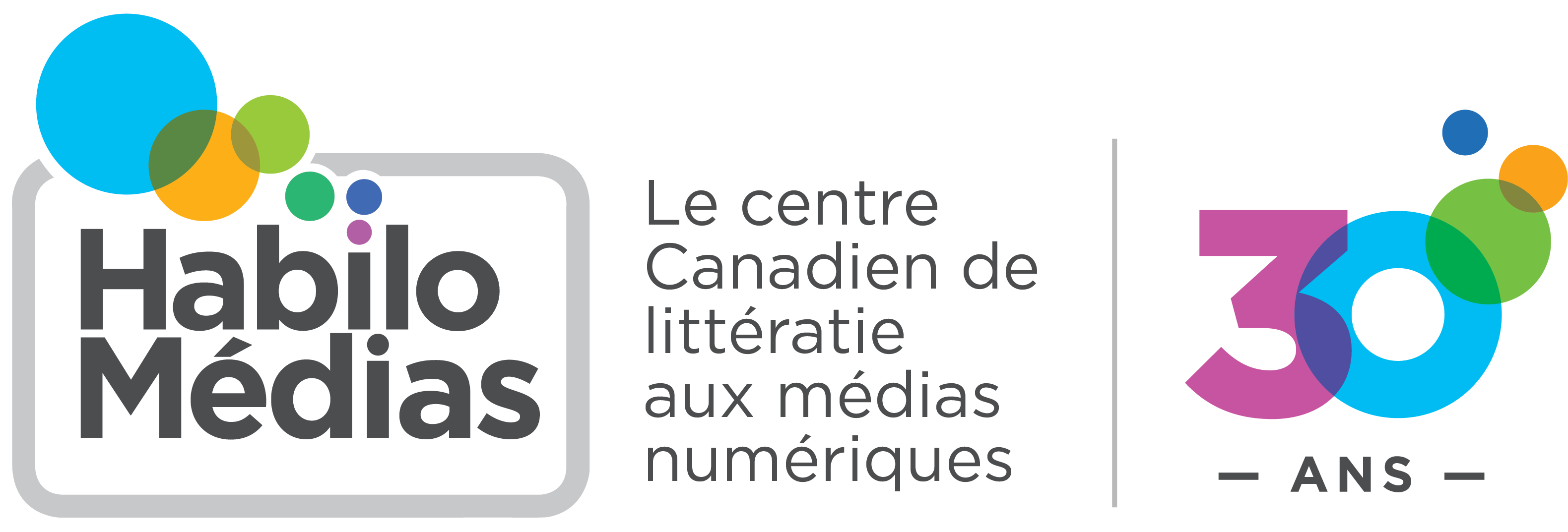Outcome Chart - British Columbia - English 11 First Peoples: Literary Studies + New Media
Big Ideas
- The exploration of text and story deepens our understanding of diverse, complex ideas about identity, others, and the world.
- First Peoples texts and stories provide insight into key aspects of Canada’s past, present, and future.
- Texts are socially, culturally, geographically, and historically constructed
- Self-representation through authentic First Peoples text is a means to foster justice.
- New media influence people’s understandings of community
Overall Expectations: Comprehending and Connect (reading, listening, viewing)
- Using oral, written, visual, and digital texts, students are expected individually and collaboratively to be able to:
Specific Expectations:
- Demonstrate awareness of how First Peoples languages and texts reflect their cultures, knowledge, histories, and worldviews
- Access information for diverse purposes and from a variety of sources and evaluate its relevance, accuracy, and reliability
- Apply appropriate strategies in a variety of contexts to guide inquiry, extend thinking, and comprehend texts
- Recognize and understand how different forms, formats, structures, and features of texts reflect a variety of purposes, audiences, and messages
- Think critically, creatively, and reflectively to explore ideas within, between, and beyond texts
- Recognize and identify personal, social, and cultural contexts, values, and perspectives in texts, including gender, sexual orientation, and socio-economic factors
- Demonstrate understanding of how language constructs and reflects personal, social, and cultural identities
- Construct meaningful personal connections between self, text, and world
- Recognize and understand the role of story and oral traditions in expressing First Peoples perspectives, values, beliefs, and points of view
- Understand and evaluate how literary elements and new media techniques and devices enhance and shape meaning and impact
- Recognize the influence of land/place in First Peoples texts
- identify bias, contradictions, distortions, and omissions
- Recognize the complexities of being a digital citizen
- Demonstrate understanding of how new media affect First Peoples languages, cultures, and worldviews
- Understand how new media impacts social activism
Specific Expectations: Create and Communicate (writing, speaking, presenting)
- Respectfully exchange ideas and viewpoints from diverse perspectives to build shared understandings and extend thinking
- Demonstrate speaking and listening skills in a variety of formal and informal contexts for a range of purposes
- Select and apply appropriate oral communication formats for intended purpose
- Express and support an opinion with evidence
- Respond to text in personal, creative, and critical ways
- Use writing and design processes to plan, develop, and create engaging and meaningful multimedia and other texts for a variety of purposes and audiences
- Experiment with genres, forms, or styles of texts
- Transform ideas and information to create original texts, using various genres, forms, structures, and styles
- Understand intellectual property rights and community protocols and apply as necessary
- Use digital media to collaborate and communicate, both within the learning environment and larger communities
- Select and use a variety of digital media appropriate to purpose, audience, and context
MediaSmarts Resources
- Advertising and Male Violence
- Alcohol on the Web
- Authentication Beyond the Classroom
- Beyond Media Messages: Media Portrayal of Global Development
- Bias and Crime in Media
- Bias in News Sources
- Break the Fake: Hoax? Scholarly Research? Personal Opinion? You Decide!
- Celebrities and World Issues
- Challenging Hate Online
- Cyberbullying and the Law
- Dealing with Digital Stress
- Deconstructing Web Pages
- Digital Media Experiences are Shaped by the Tools We Use: The Disconnection Challenge
- Digital Outreach for Civic Engagement
- Digital Skills for Democracy: Assessing online information to make civic choices
- Digital Storytelling for Civic Engagement
- Diversity and Media Ownership
- Don’t Drink and Drive: Assessing the Effectiveness of Anti-Drinking Campaigns
- Finding and Authenticating Online Information on Global Development Issues
- First, Do No Harm: Being an Active Witness to Cyberbullying
- Free Speech and the Internet
- Gender Messages in Alcohol Advertising
- Hate 2.0
- Hate or Debate
- Introduction to Online Civic Engagement
- Making Media for Democratic Citizenship
- Marketing to Teens: Alternate Ads
- Marketing to Teens: Gender Roles in Advertising
- Marketing to Teens: Gotta Have It! Designer & Brand Names
- Marketing to Teens: Marketing Tactics
- Marketing to Teens: Talking Back
- Miscast and Seldom Seen
- Online Cultures and Values
- Online Gambling and Youth
- Online Propaganda and the Proliferation of Hate
- Perceptions of Youth and Crime
- Popular Music and Music Videos
- Privacy Rights of Children and Teens
- Reality Check: Authentication 101
- Reality Check: Authentication and Citizenship
- Reality Check: Getting the Goods on Science and Health
- Reality Check: News You Can Use
- Reality Check: We Are All Broadcasters
- Relationships and Sexuality in the Media
- Scapegoating and Othering
- Sex in Advertising
- Shaking the Movers: Youth Rights and Media
- Suffragettes and Iron Ladies
- The Citizen Reporter
- The Front Page
- The Invisible Machine: Big Data and You
- The Pornography Debate: Controversy in Advertising
- The Price of Happiness
- The Privacy Dilemma: Lesson Plan for Senior Classrooms
- There's No Excuse: Confronting Moral Disengagement in Sexting
- Thinking about Hate
- Transgender Representation in TV and Movies
- Unpacking Privilege
- Watching the Elections
- Who's Telling My Story?
- Your Online Resume
